Before Memorial Day became a weekend of backyard cookouts, parades, and store sales, it was born quietly, from the hands of ordinary Black men and women reclaiming their humanity after unspeakable tragedy.
This incredible story took place right after the Civil War in the heart of Charleston, South Carolina, and involves freed African Americans celebrating their newfound freedom by honoring fallen Union soldiers.
Where Did Memorial Day Really Begin?
If you've explored American history, you may have heard claims that Memorial Day started in towns like Waterloo, New York, or even Carbondale, Illinois. However, one of the most compelling cases lies hidden in the post-Civil War South, specifically Charleston, South Carolina. Historian David Blight from Yale University in 1996, while digging through unsorted boxes at Harvard's Houghton Library, he stumbled upon a handwritten account from the first Decoration Day in 1865. Accompanying this narrative was a clipping from The New York Tribune labeled
"First Decoration Day"
In the spring of that year, right after the Civil War ended, the city of Charleston stood scarred—structures destroyed and lives upended. At the Washington Race Course, once a social playground for Charleston’s elite, union soldiers had been imprisoned, with over 260 of them dying due to disease and neglect. Buried hastily in a mass grave, these soldiers deserved better.
How Did Formerly Enslaved Individuals Spark a National Tradition?
When Charleston’s Confederate occupants fled the city, newly freed Black residents sprang into action. Determined to bring dignity and recognition to the forgotten warriors who had died, Black Charlestonians undertook a remarkable ten-day project. They carefully exhumed the mass grave, creating individual burials that truly honored the sacrifice each soldier had made. Then, they surrounded this sacred place with a fence and gave it a powerful new name:
"Martyrs of the Race Course."
This wasn't just an act of decency—it was a revolutionary declaration of dignity by a community that had known profound suffering themselves.
First Decoration Day
On May 1st, 1865, something remarkable happened. Approximately 10,000 people gathered at the racetrack for a spontaneous day of remembrance. Imagine the scene: around 3,000 Black schoolchildren carried roses and sang songs like "John Brown’s Body" in a moving parade. Behind the children came freed men and women from mutual aid groups, pastors, community leaders, and families, all united in hope and gratitude.
Speeches were delivered. Prayers were spoken. Hymns of hope and resilience filled the air. Patriots, both Black and white Union soldiers, marched together, sending a poignant message of unity and community rebirth. Families shared meals, flowers decorated the newly made graves, and tears of joy testified to the emotion and gravity of the occasion.
How Did This Historic Moment Get Buried?
Sadly, this profound declaration of gratitude and community unity was soon overshadowed. In 1868, Union General John A. Logan declared May 30 as Decoration Day (later Memorial Day), a formal day of remembrance celebrated at Arlington Cemetery. Over time, the Charleston remembrance faded from national attention, and its deeply powerful message—initiated by newly freed Black Americans—became a hidden footnote in American history.
More than that, urban development eventually erased physical traces of the sacred site at the old race track. The soldiers' remains were relocated to Beaufort National Cemetery, and the memories of that groundbreaking first Memorial Day largely dissolved into secrecy or local legend.
Uncovering Hidden History
In 1996, historian David Blight rediscovered correspondence and documents tucked away in Harvard’s Houghton Library, documents that vividly retell the story of Charleston's Black remembrance ceremony. Following one of his presentations years later, a touching moment reinforced the impact of his discovery. An elderly Black woman approached him emotionally, recalling childhood stories her grandfather had shared of a parade by freed slaves honoring soldiers at a racetrack.
"You mean that story is true?"
she asked, finally gaining validation for a family narrative she’d thought might have been just folklore.
Why Does It Matter Today?
This hidden story doesn’t just matter for the sake of historical accuracy. It reveals to us a richer, deeper, and more nuanced picture of our collective American journey.
Memorial Day becomes more powerful when we recognize that its true origins involved freed Black Americans, people who had every right to celebrate their freedom selfishly—but instead chose first to honor others who had sacrificed for liberation. They created a tradition that symbolizes unity, sacrifice, and gratitude.
Let's never forget, the people who stepped up to claim humanity and dignity for those fallen soldiers were the very men, women, and children whose own humanity had been unjustly questioned for generations.
Remembering these hidden origins enriches our understanding of who we are, how far we've come, and how crucial it is that we continue to uncover and boldly retell these overlooked stories within our shared American experience.
You can learn about more about Black History at my YouTube channel and Podcast!




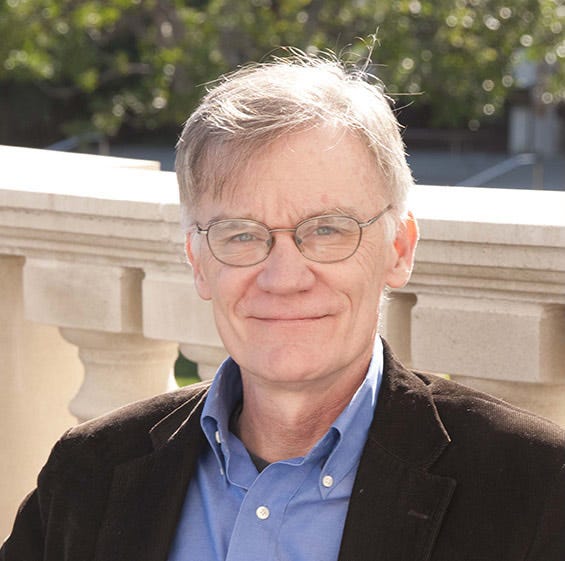
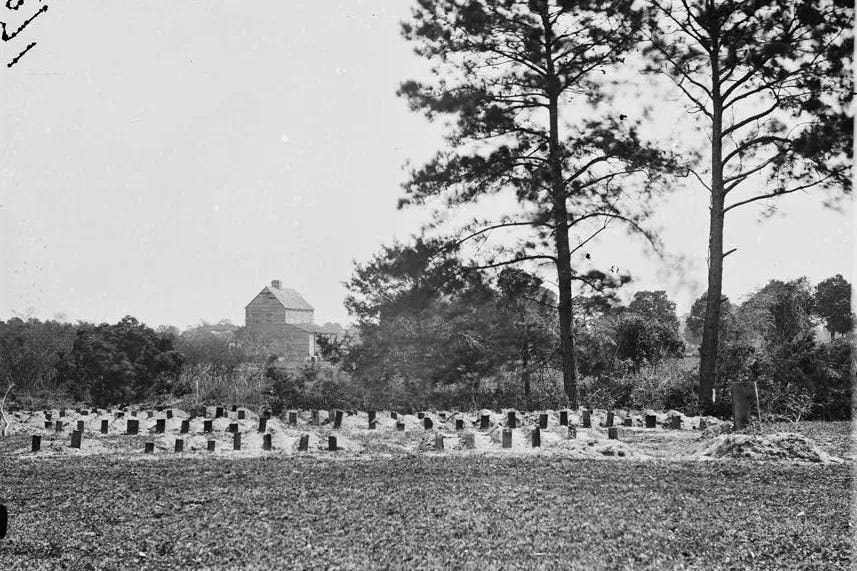
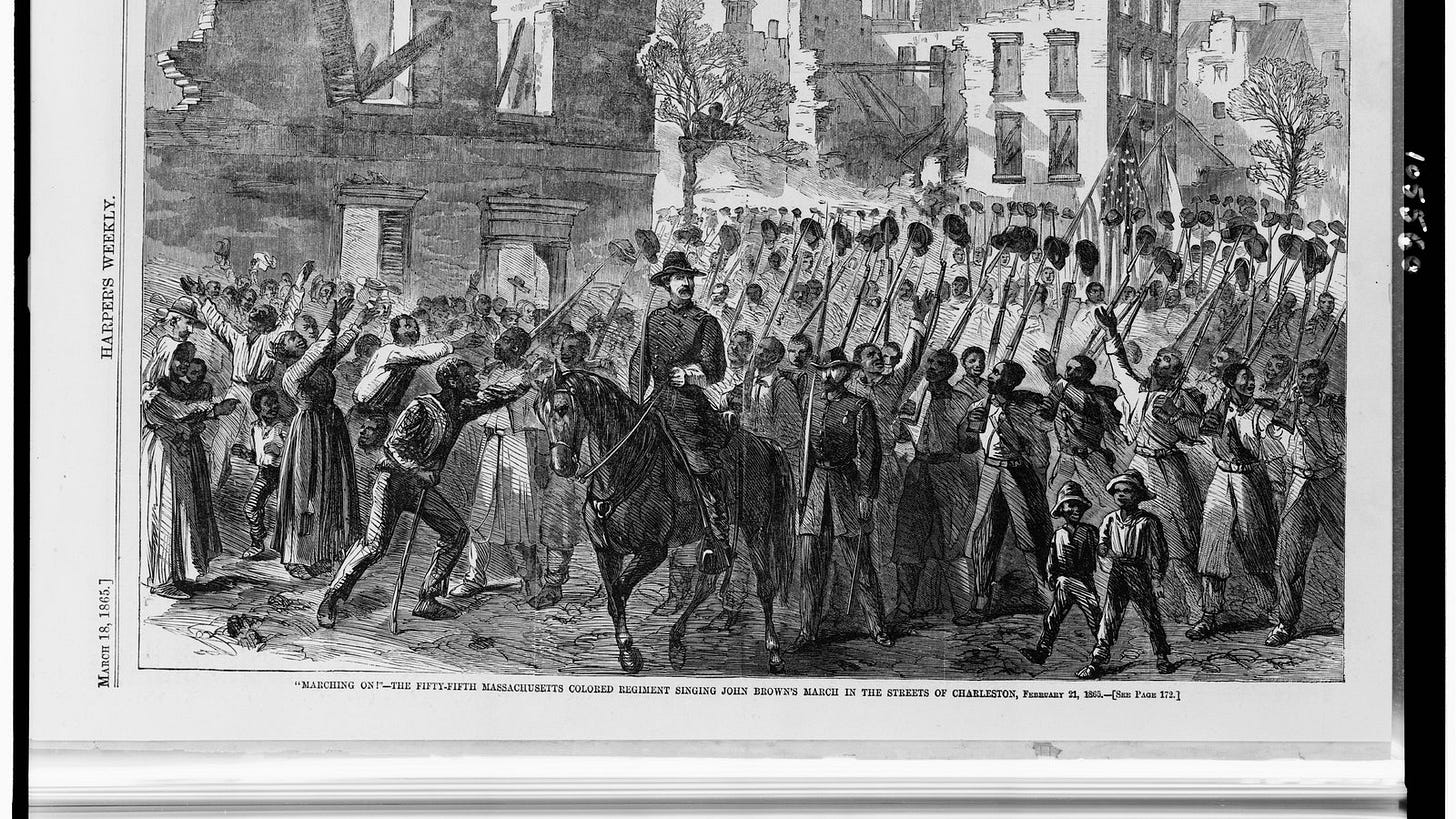






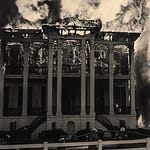
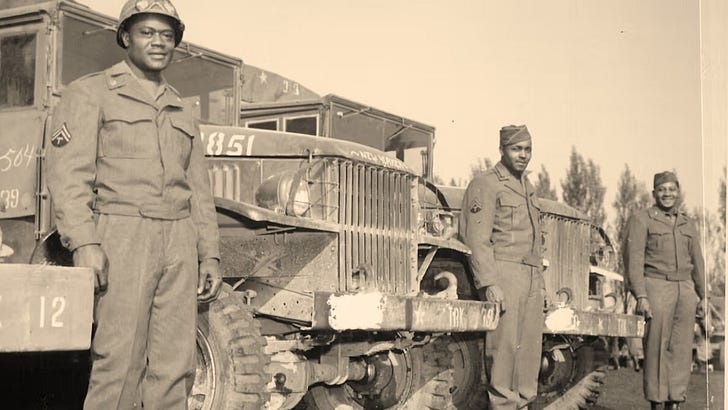
Share this post